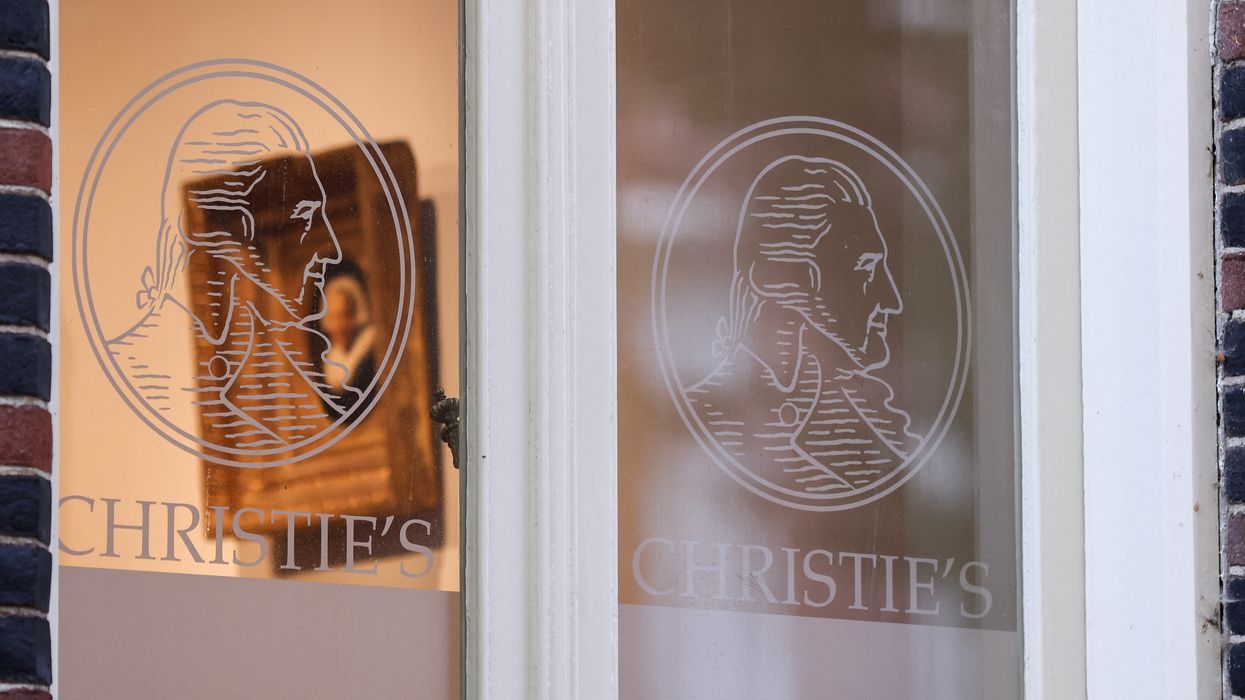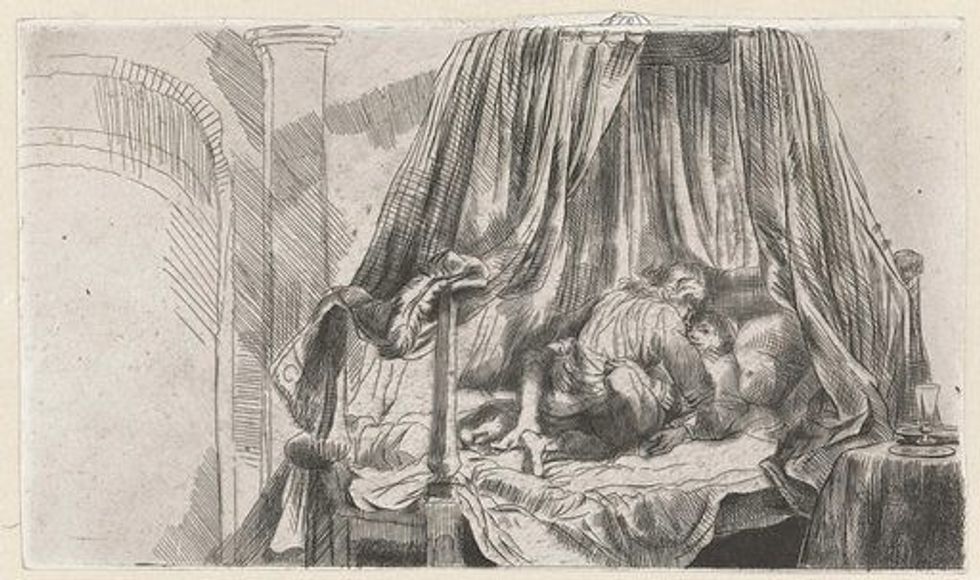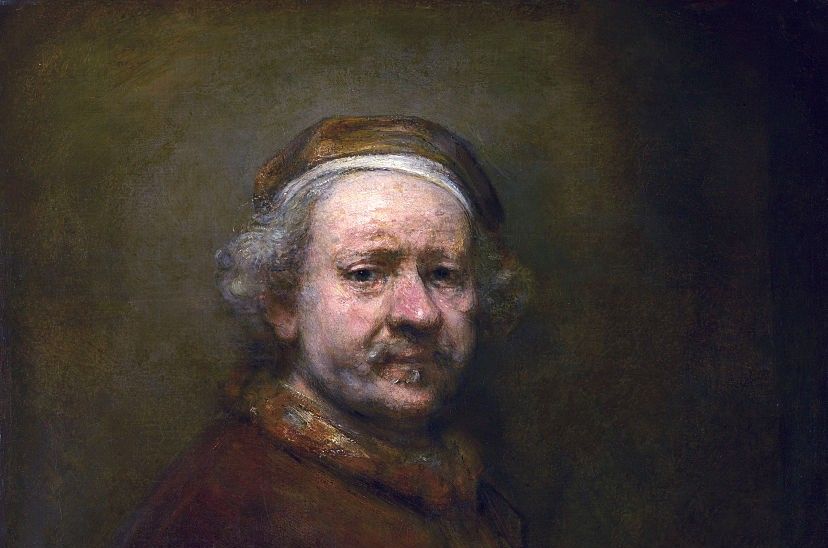Woke auctioneer includes trigger warning on Rembrandt masterpiece

The auction house has come under fire
|Getty

The print is part of an auction to be held in London tomorrow
Don't Miss
Most Read
Latest
A etching by one of the most famous artists of all time has been hit with a trigger warning as it is set to go under the hammer.
The etching, "The French-style Bed", also known as "The State Bed", was made by Dutch painter Rembrandt in 1646.
The artwork is part of the Old Masters Part One auction to be held in London tomorrow at Christie’s.
However, the etching is hidden from view in the online catalogue unless users click a message marked: "This lot contains explicit material and mature subject matter."

"The French-style Bed" also known as "The State Bed" is going under the hammer
|WikiCommons
The etching depicts a couple on a bed, clothed but clearly in a moment of passion. It is estimated to fetch between £250,000 and £400,000.
Art historian and broadcaster Bendor Grosvenor said: "This is a new one — content warnings in Old Master catalogues.
"I think Rembrandt would have loved the idea of being properly on the top shelf, but I can see why it’s best to be cautious about online content these days."
Christie’s declined to comment on the warning, but it is understood that it may have been a technical error as people in America accessing the online catalogue have reported seeing no such warning.
LATEST DEVELOPMENTS

Self Portrait at the Age of 63 by Rembrandt
|Getty
The auctioneer may be trying to cater to the sensitivities of potential buyers from the Middle East, who are grouped in the same EMEA category as European and African buyers.
The catalogue calls the etching "one of a small number of explicitly erotic prints by Rembrandt, and one of the rarest etchings in his … oeuvre".
The lot essay notes that Rembrandt depicted "a young couple making love on a large four-poster bed", indicating that they were living in luxury.
It adds: "They seem to have just tumbled on to the bed, with the trousers and skirts off, but shirts still on … The woman looks at her lover with a smile, and the perplexing fact that she has three arms and hands adds to the vivacity of the scene."
Erotic prints had been made by artists since the beginning of the 16th century.
This is despite the risk of prosecution from the church.
Many artists would disguise their more erotic work as "scenes of classical mythology, the misdemeanours of the prodigal son or cautionary depictions of sin."
The catalogue says: "It is to Rembrandt’s credit, and very much in line with his humane and slightly subversive character, that he did not try to classicise, moralise or otherwise elevate his print."










